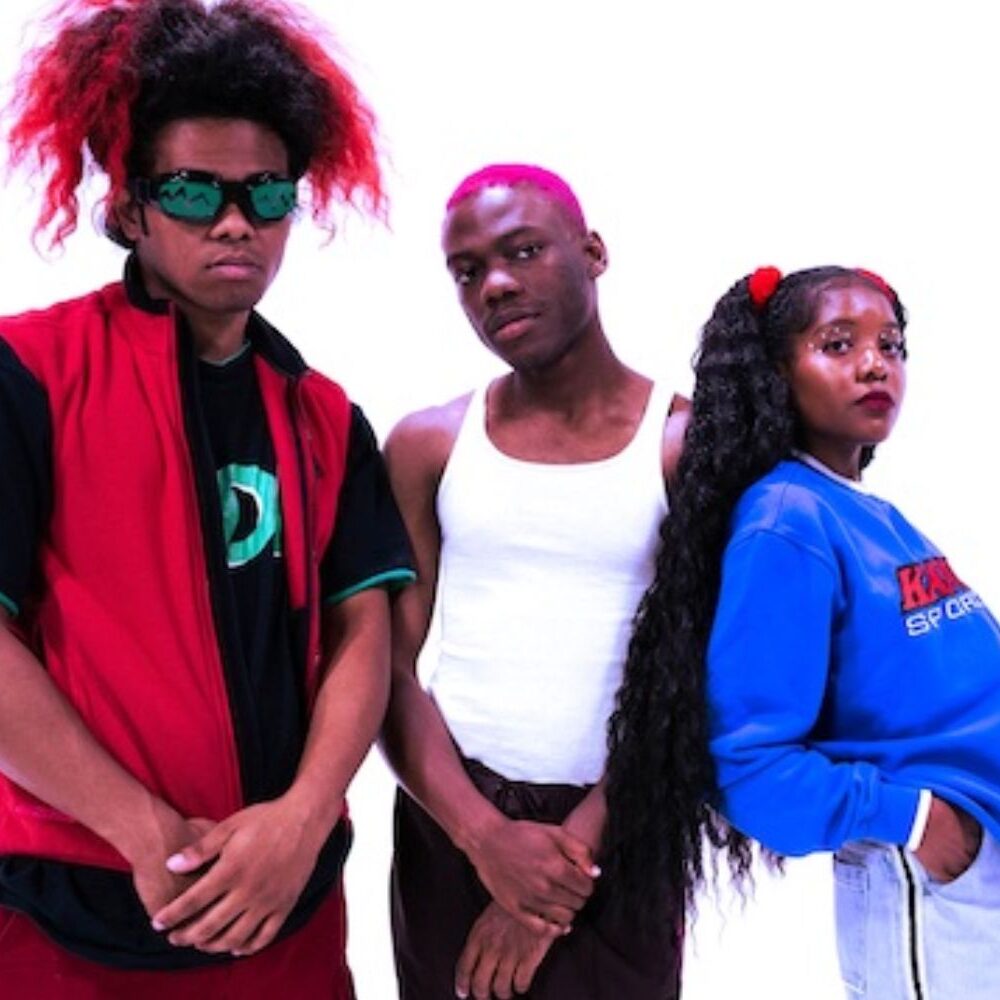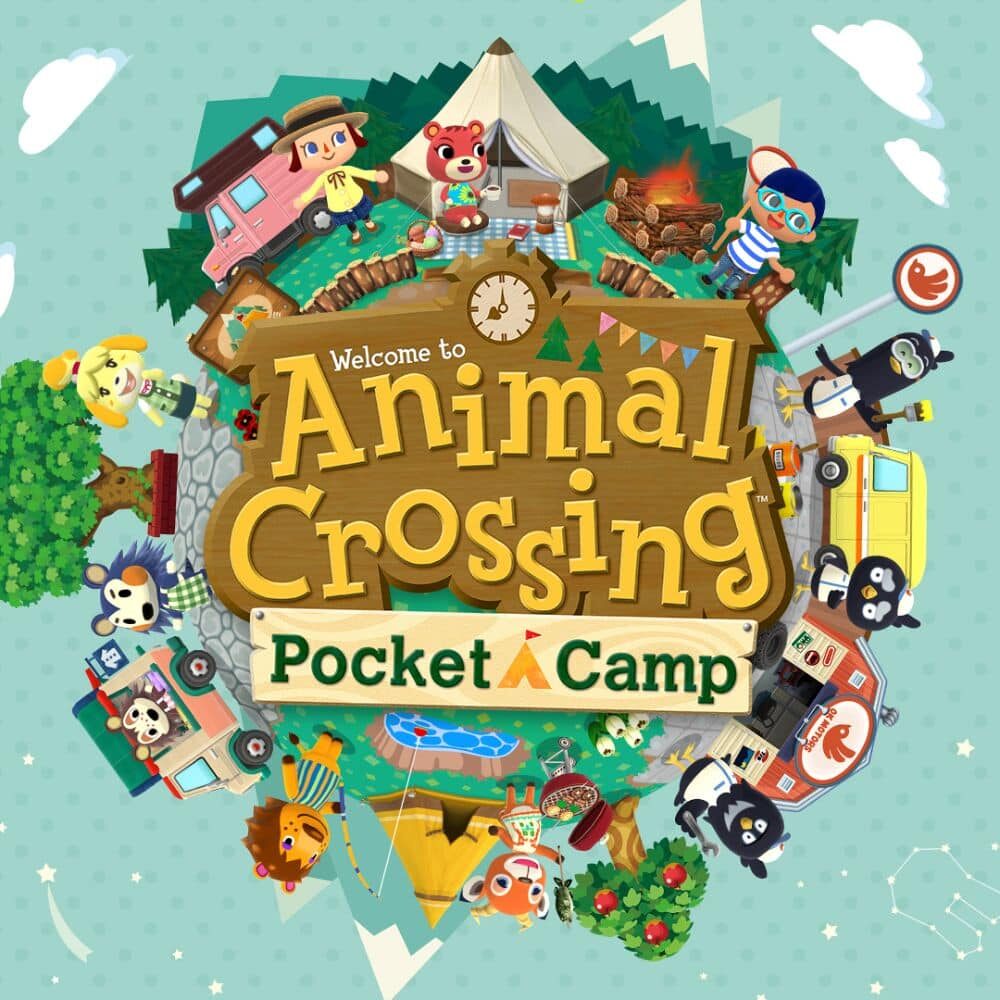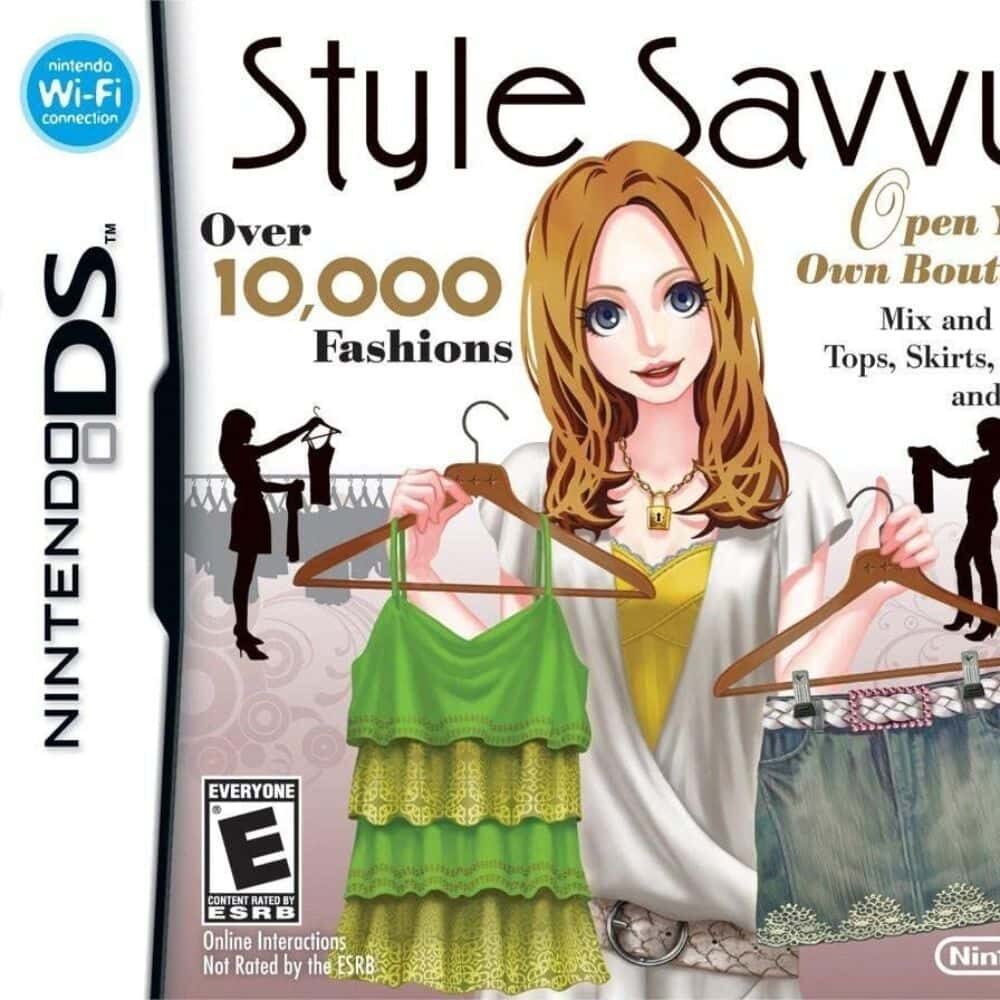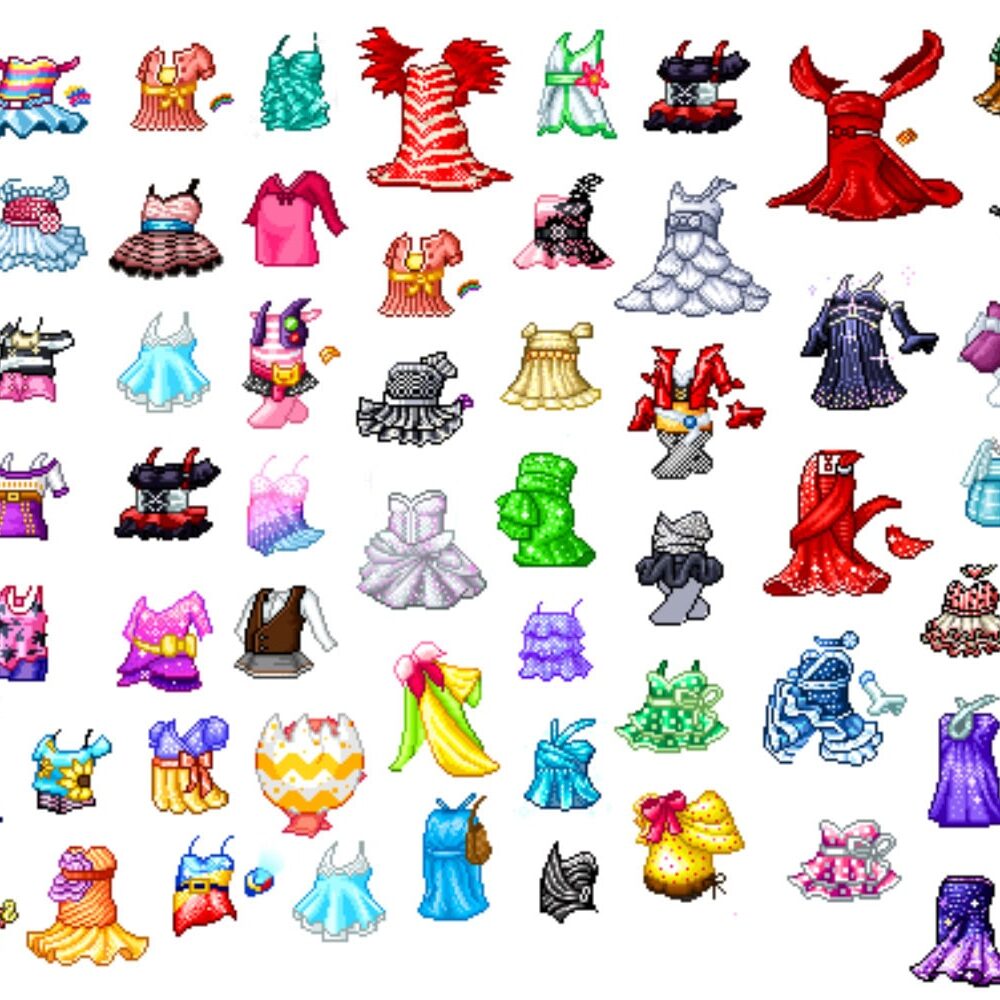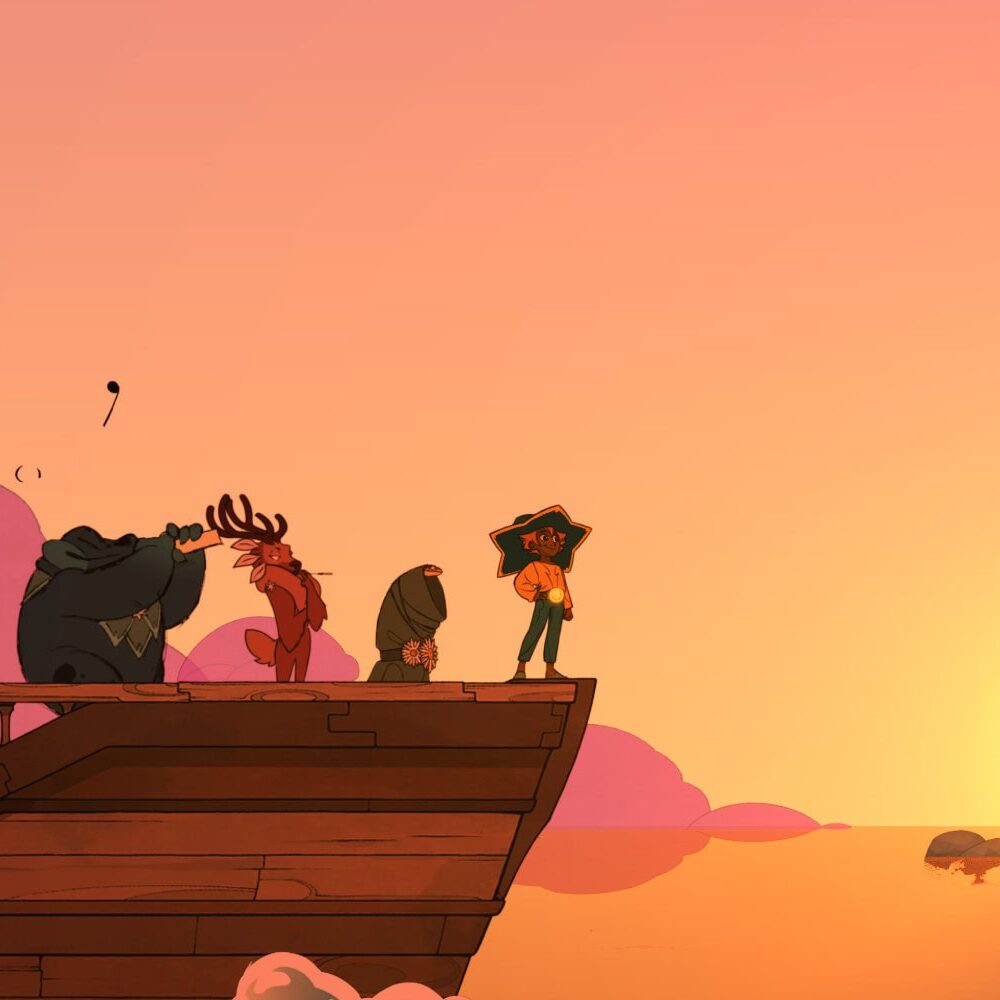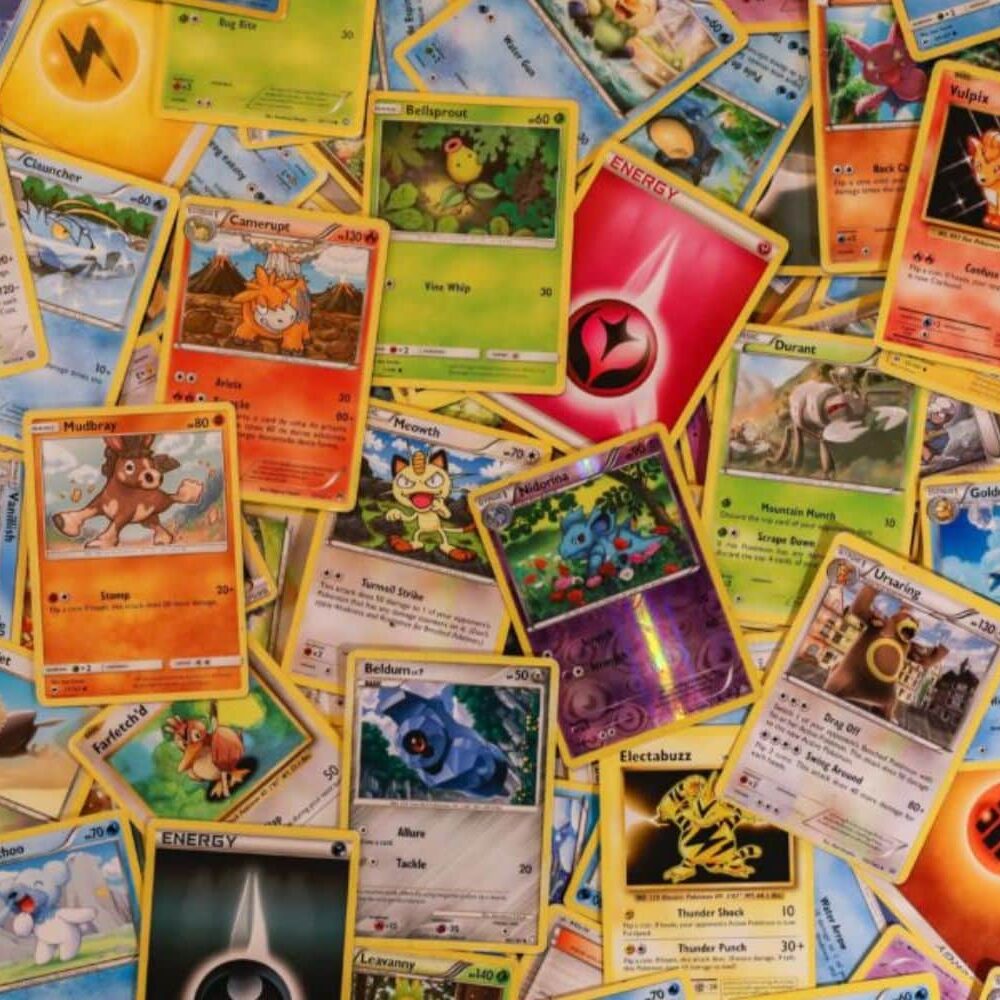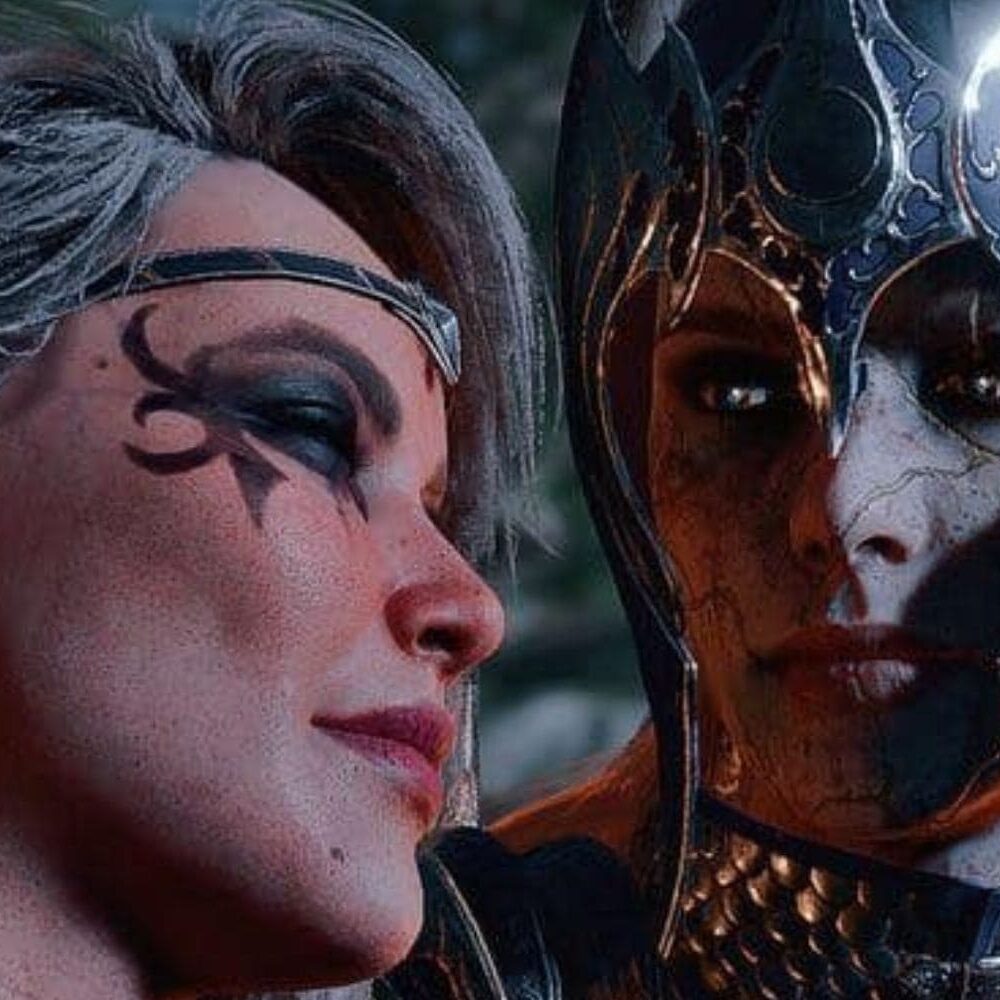
How Baldur’s Gate 3 became a benchmark for sapphic representation in gaming
Written by Ciara Wheeler
The recent success of indie fantasy RPG title Baldur’s Gate 3 at The Game Awards, BAFTA Game Awards, and other significant accolade ceremonies over the last few months has sent the Triple-A industry into a tailspin. With game developers from across large gaming companies, such as Insomniac Games, developers of mainstream success stories such as the Marvel Spider-Man series, criticising the reaction within the gaming community and the benchmark that Larian Studios, the developers of Baldur’s Gate 3, have set for the standard of mainstream titles.
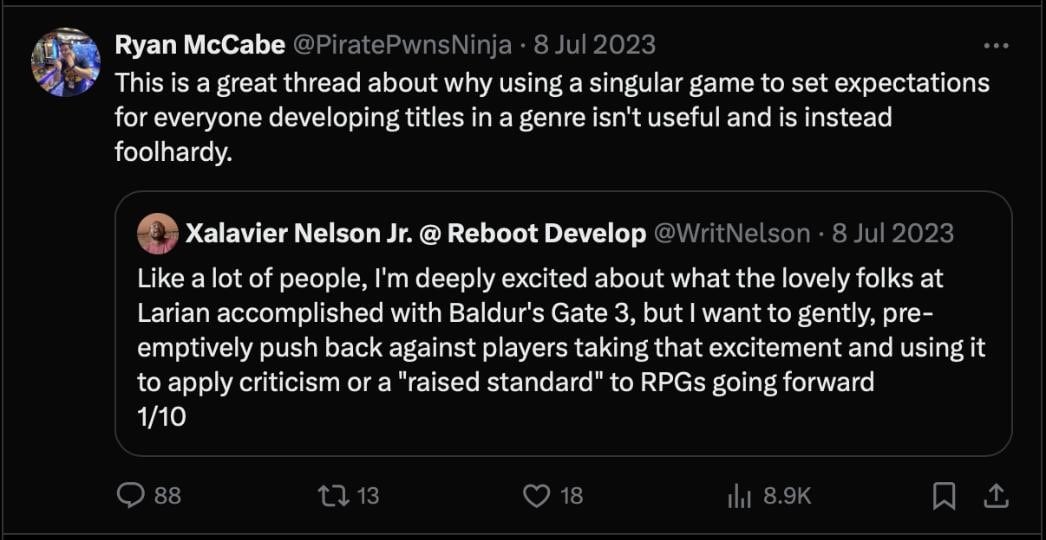
For many, Baldur’s Gate 3 has taught players to not settle for less in regards to what they’re being sold. However, what it has also illustrated is the ability for mainstream games to implement sapphic representation and storylines (without relying on stale, tokenised narrative practices) to present multifaceted queer female characters, which should serve as a blueprint for mainstream developers to make spaces in their content for sapphic women and non-binary gamers to feel considered.
Baldur’s Gate 3’s narrative plays as a classic Dungeons and Dragons campaign; you and your party traverse through forest and city, light and shadow, to fight a big bad and save the world. It’s a tried and tested formula, which has been seen in other famous mainstream RPGs such as Pokémon and Final Fantasy which may have helped its successful translation from tabletop to screen as gamers are familiar with turn-based combat systems and narrative mechanics, even if they aren’t familiar with the D&D franchise. However, one of the nuances of Baldur’s Gate 3 if we are to classify it among other successful mainstream RPGs is its openness, both in mechanics and in narrative. There are multitudes of endings, actions, consequences, and, most pertinently to this particular argument, opportunities to engage in friendship, camaraderie and romance with your companions.
Regardless of your options in character creation in regards to your appearance, gender identity, voice and body type, all romance options remain open, eight in total (not to discredit The Emperor or Mizora, however their romance scenes have little narrative impact and don’t have relationship routes attached to them. Sorry, illithid lovers and devil enjoyers!). Four of these potential romance options are female characters, each of them with their own choices and story paths which are expanded upon through your relationship; Samantha Béart’s Karlach, the tiefling barbarian with a heart very literally too hot to handle, Devora Wilde’s Lae’zel, the githyanki fighter whose love language is besting you in combat, Jennifer English’s Shadowheart, the half-elf cleric with suppressed memories and dark motivations, and Emma Gregory’s Minthara, the drow paladin whose dry wit paired with her desire to conquer the world sets her apart from the sea of chaotic good allies that the player is often teaming up with. And, of course, her infamous romance scene doesn’t hurt things.

Though there are limited dialogue changes if you romance your female companions as a female or non-binary player character, it can be argued that these characters are indeed sapphic coded: Samantha Béart, who identifies as non-binary, has spoken publicly on the nature of their own interpretation of their character, saying on a livestream with fellow performance artist Neil Newbon that they imagined addressing a female player character during their romantic performance capture; Béart’s performance has resonated with fans and critics alike, seen in her nomination for a BAFTA Game Award for Best Performer in a Leading Role and the D.I.C.E Award for Outstanding Achievement in Character. While on the subject of awards for sapphic-coded characters in Baldur’s Gate 3, characters Shadowheart and Dame Aylin, a badass lesbian aasimar paladin played by Helen Keeley, have been nominated for Best LGBTQ Character at the 2024 Gayming Awards: it is undeniable that queer players and fans see themselves represented in these powerful, multifaceted female characters, which is often an impossibility in the world of mainstream AAA gaming which tends to cater to a cishet male audience. The successes of the game have granted it benchmark status in the realms of narrative, mechanics and game development, but its often unsung achievement is how it elevates and celebrates sapphic bonds and relationships which are often overlooked in both fantasy settings and in contemporary gaming, or rather tokenised as a tragic plotpoint to advance the story at best, and degrading and objectifying fanservice at worst.
The beauty of the inclusion of sapphic narratives in Baldur’s Gate 3 is that it underpins the overarching story without relying on the concept of inclusivity to light its narrative paths; contemporary game publishers are often at odds with themselves, wanting to cater for multiple audiences through a singular IP. This often results in hamfisted, hollow attempts at representing queer characters and storylines which are deliberately watered down for the sake of marketability, or for the sentiments of their cishet male fanbases who are loyal to their franchises.
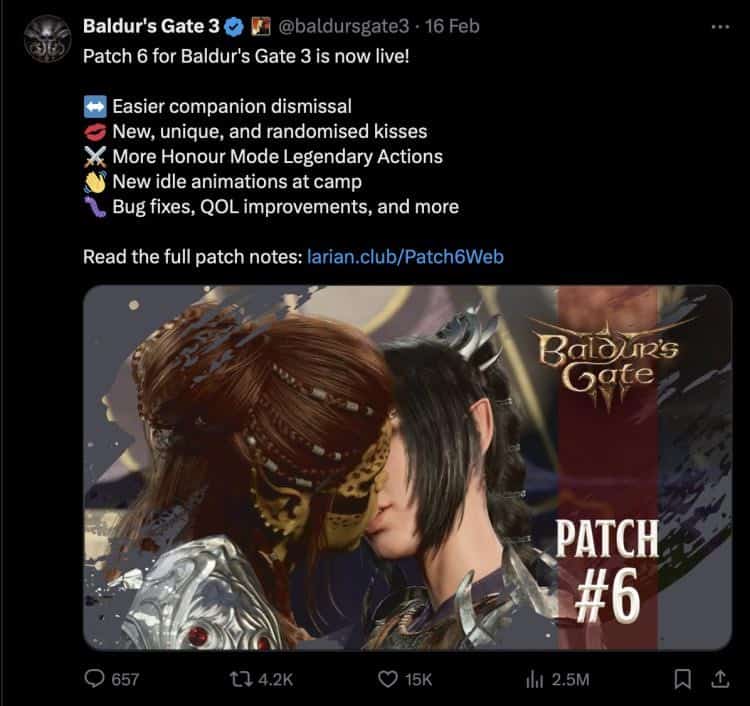
Baldur’s Gate 3 circumvents this conflict altogether by placing their focus on openness and options; romances are optional elements of the narrative, and can take place between a range of diverse, developed and unique characters with their own desires and motivations, the player character being no exception. This individualises the player’s own experience, giving their interaction with the world of Faerûn more depth beyond a cookie cutter perspective; players are given the freedom to carve their own way, with no single player left behind, as women and non-binary people often are. Through granting both representation and the chance for individual expression, Baldur’s Gate 3 is a wonderful example of developers giving sapphic gamers an experience which they can tailor for themselves, an opportunity which could stand to be seen in other mainstream titles, and move beyond fantasy.
Enjoyed this story? Support independent gaming and online news by purchasing the latest issue of G.URL. Unlock exclusive content, interviews, and features that celebrate feminine creatives. Get your copy of the physical or digital magazine today!


